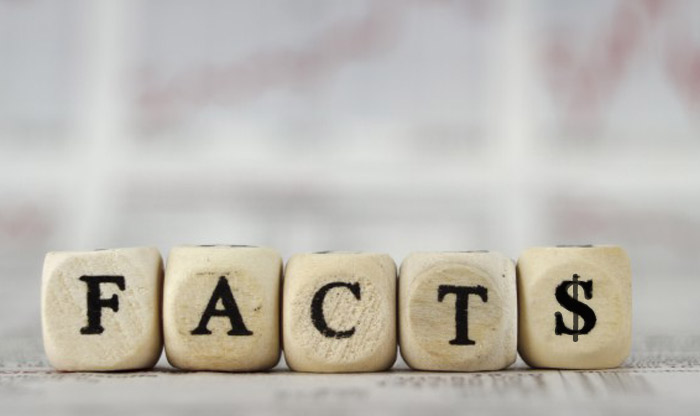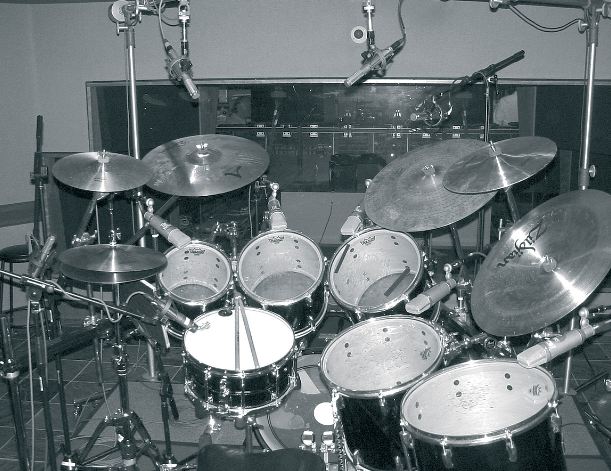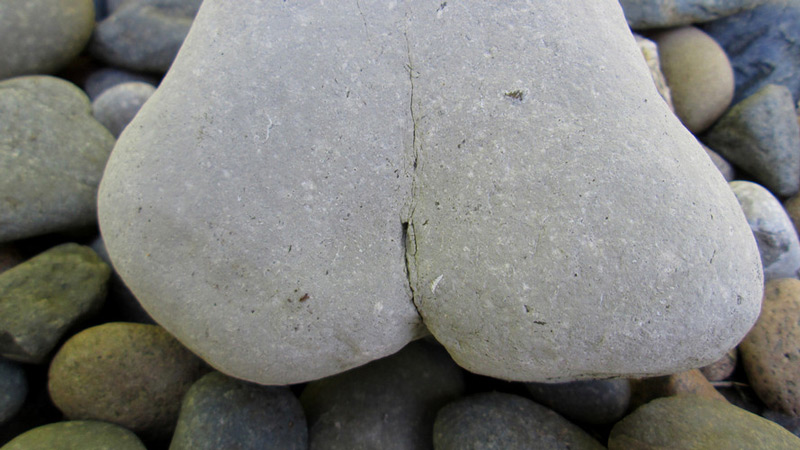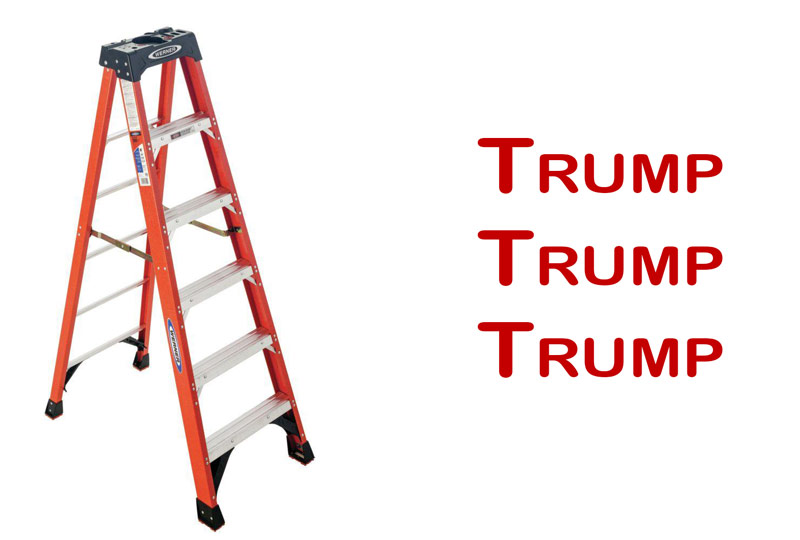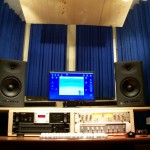 We get a lot of people asking about setting up a home studio, so like some other topics, we’ll try and combine some tips to make it easier to find what you need.
We get a lot of people asking about setting up a home studio, so like some other topics, we’ll try and combine some tips to make it easier to find what you need.
First: here are some other applicable posts on POLITUSIC about Home Studio Setup:
- Home studio setup ideas and photos (some visual ideas for setting up a room as a home studio)
- Setting up a split console (wiring diagram and suggestions)
- Studio monitor placement in a home studio (with some acoustics tips)
- How to set up a patchbay in a home studio setup (diagram, photos, suggestions)
- General home studio setup ideas
Those are all good places to start, but there’s always more variables than we can predict in posts. Here are some other more general tips about getting starting with a home studio. In particular, these can help you prioritize, because all too often, when you’re first setting up recording gear you (unless you’re one of the luckiest people I’ve ever known) don’t always have all the money you need to get all the recording gear you need.
High priority gear for a project studio set up:
- Multi-channel A/D converter. Try to get 8 channels of good quality A/D i/o… budget for this almost before the software (because honestly there’s even free audio recording software out there that does a lot and sounds pretty decent to most people, so by having a really good sounding A/D converter you’ll be ensuring that the sound actually getting into the digital audio workstation is as good as it can be.
- A good large diaphragm mic. It doesn’t have to be really expensive, but take your time to research. You want one that’s good at capturing air and overtones – all the subtle nuances of a really great singer, or the tip of the finger hitting a nylon string of a classical guitar – the “real” parts of the sounds. One of my favorites in the low-price realm is still the first model Studio Projects C1. They did a shoot out between it and the U87 and it was basically neck and neck. Don’t worry so much about multi-polar pattern mics right off the bat, you’re looking for a good quality mic that can capture sound well as a generally universal mic for vocals and acoustic instruments. Something like that can be a great workhorse.
- A nice tube mic pre with an EQ and compressor. The tube pre-amp can warm your sound a lot before it goes digital, but adding a tube EQ and compressor to the mix can help a lot as well. People always want a “fat sound” or a “warm recorded sound”. If you don’t have a 2 inch tape machine, then tubes are the next option (I’m never a fan of mic modeling, so won’t even go there).
- One pair of good monitors. Home studios do not need a lot of different studio monitors for listening. Instead, get one really good pair that’s true so that you know what you’re hearing is real. If you want other speakers, then listen on your home stereo (in a different room), in your car, headphones, etc. But mix with your good studio monitors.
Start there… let the rest of the audio gear build off those items.
Advertisement
Category: Recording Studio Design, Gear, Set Up Tagged: home recording, home recording studio
Published: by | Updated: 07-02-2014 08:27:32
Published: by | Updated: 07-02-2014 08:27:32



